Diving into the Basics: Filmmaking 101 for Beginners

Let's delve into the fascinating world of cinematic creation - welcome to filmmaking 101 for beginners! If you've ever found yourself wondering how the magic of the cinema is made, you're in the right place. The essence of filmmaking is all about storytelling – it’s a form of visual art wherein you use a camera instead of a paintbrush. The first thing to remember is – don’t worry about the fancy jargon or high-end gear. Many iconic hits like Tangerine and Paranormal Activity were shot using iPhones and minimal equipment, so, focus inkling on the narrative, creativity and your unique voice are more critical. The primary steps involved are pre-production (all the planning before the camera starts rolling, like scriptwriting, casting, and scouting for locations), production (actually filming the scenes), and post-production (where all the editing and special effects magic happens). These stages may seem daunting but don't worry - we're here to de-mystify the process and ensure you grasp all the details. So, grab your director's chair and let's jump-start your journey into the reel world with our filmmaking 101 guide for beginners!
Finding Your Vision
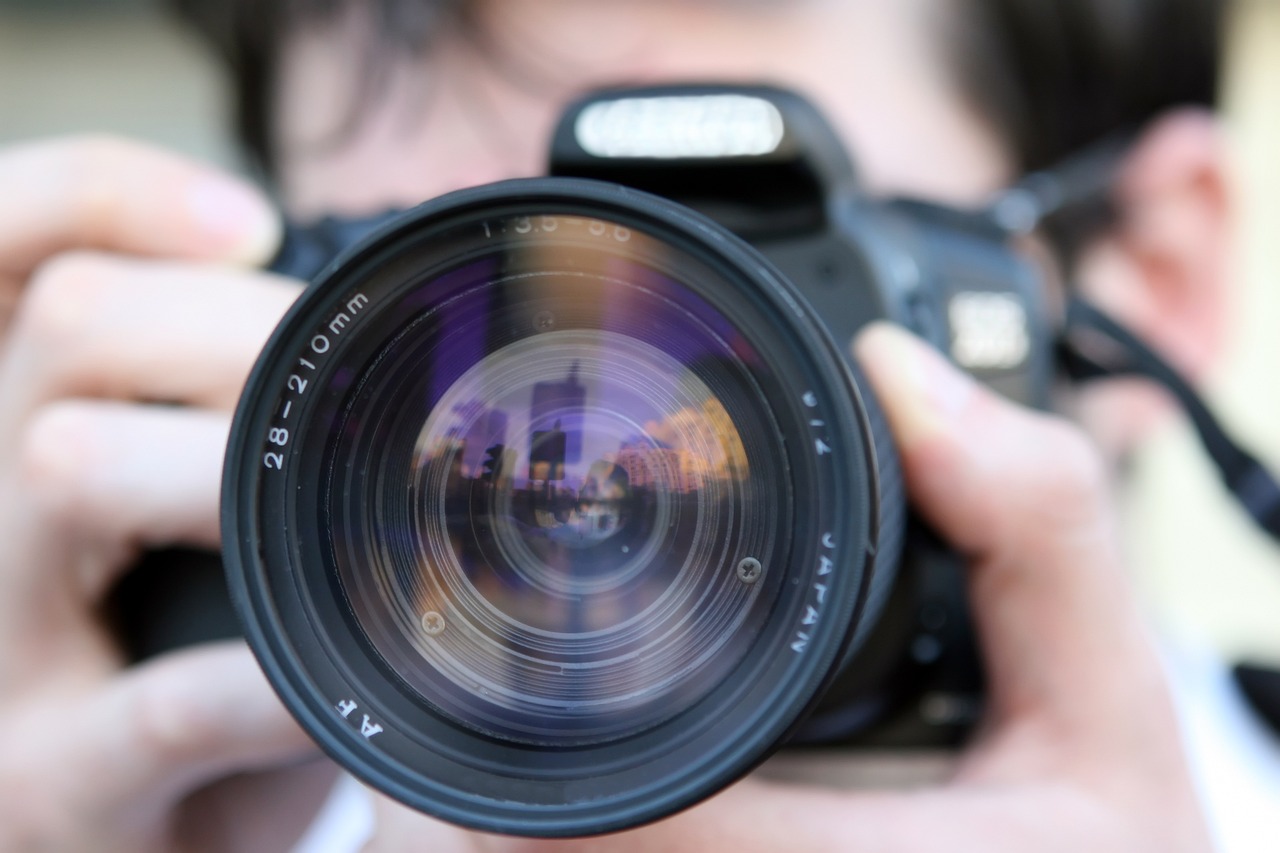
So, let's roll right into finding your vision in filmmaking, a crucial aspect of our behind-the-scenes tour of "filmmaking 101 for beginners". Your creative vision is what sets your movie apart from the rest, kind of like the secret ingredient in grandma's famous pot roast. It catapults words on a script into a breathing, living movie that has its own heartbeat. The Aussie director, Baz Luhrmann, had a stylized vision that painted "Moulin Rouge!" with a vibrant, larger-than-life palette, whereas Quentin Tarantino's distinct vision for "Pulp Fiction" plunged us into a gritty, offbeat carnival of interconnected stories. So, what's your Hollywood secret sauce? Your vision might bring out the unseen nuances in a journey of self-discovery, or maybe it'll recreate a historical era teeming with lavish details. It could be anything; it just has to be uniquely yours. And that, folks, is the bedrock of your moviemaking journey. Think of it like this - if your movie was a sweater, your vision will be the thread that weaves together the whole comfy ensemble. Without it, your work is just a pile of unconnected yarn. So, start weaving - the world of cinema is waiting!
Screenwriting Essentials
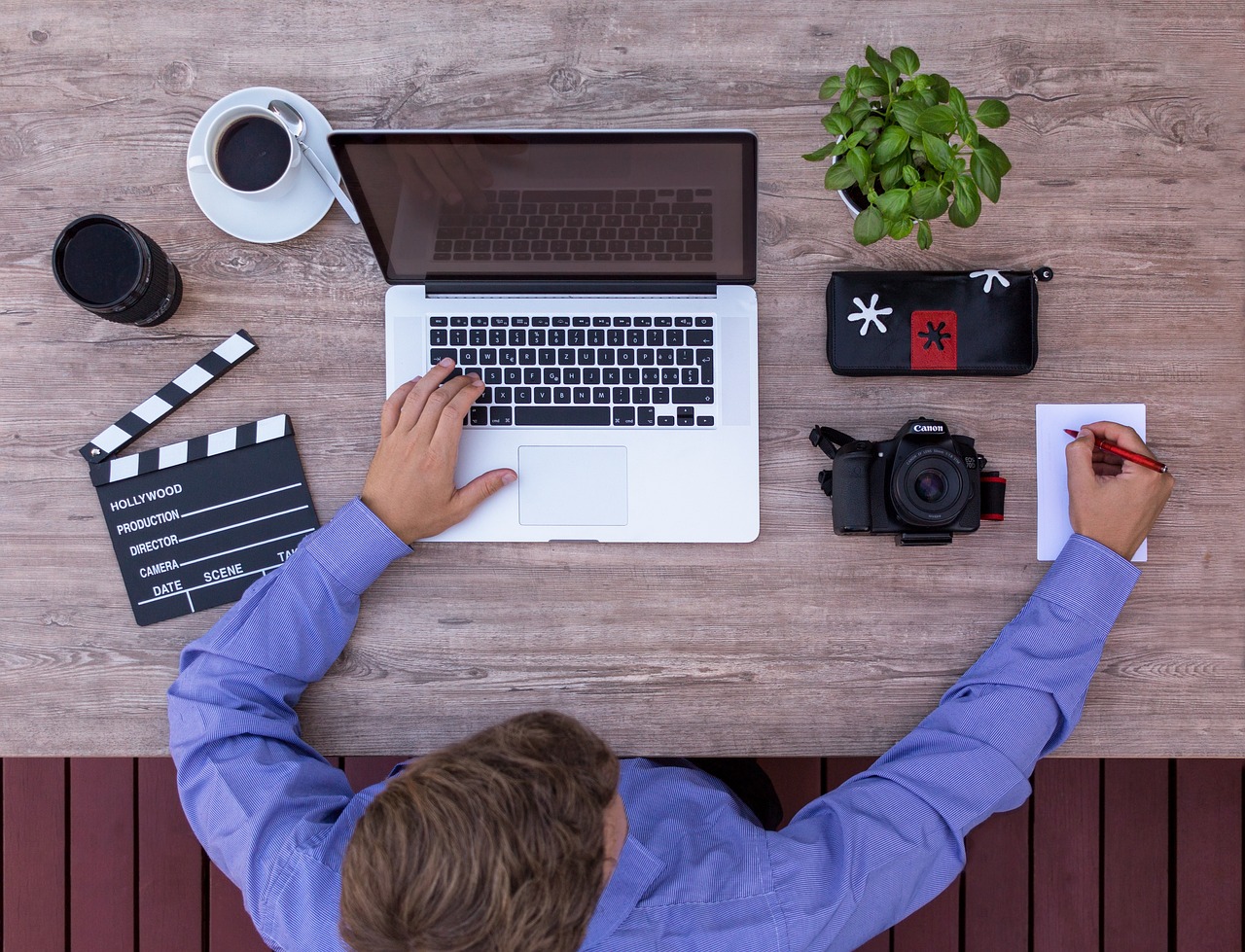
At the heart of every magnificent film lies a phenomenal screenplay, the bedrock on which the entire production is constructed. This is where filmmaking 101 for beginners really starts to take flight. Here's the deal, folks: Even the most visually stunning movie is unlikely to captivate audiences if it doesn't have a gripping, well-structured story - that's where the magic lives, in the script! Your screenplay should dive into compelling character arcs, unpredictable plot twists, vibrant dialogue, and a storyline that hooks from the very beginning. Take, for instance, Quentin Tarantino's 'Pulp Fiction.' The non-linear, multi-narrative structure mixed with the sharp, witty dialogue crammed with pop culture references made that script a real standout and a game-changer. All this storytelling brilliance translates onto the screen, engaging the audience till the very end. So, grab that pen or start clacking away at your keyboard, and remember: In the ever-evolving landscape of filmmaking 101 for beginners, your screenplay isn't just words on paper—it's the raw material from which directors, actors, and cinematographers will craft a cinematic journey, making it undoubtedly one of the most critical components of making your own movie.
Creating Storyboards
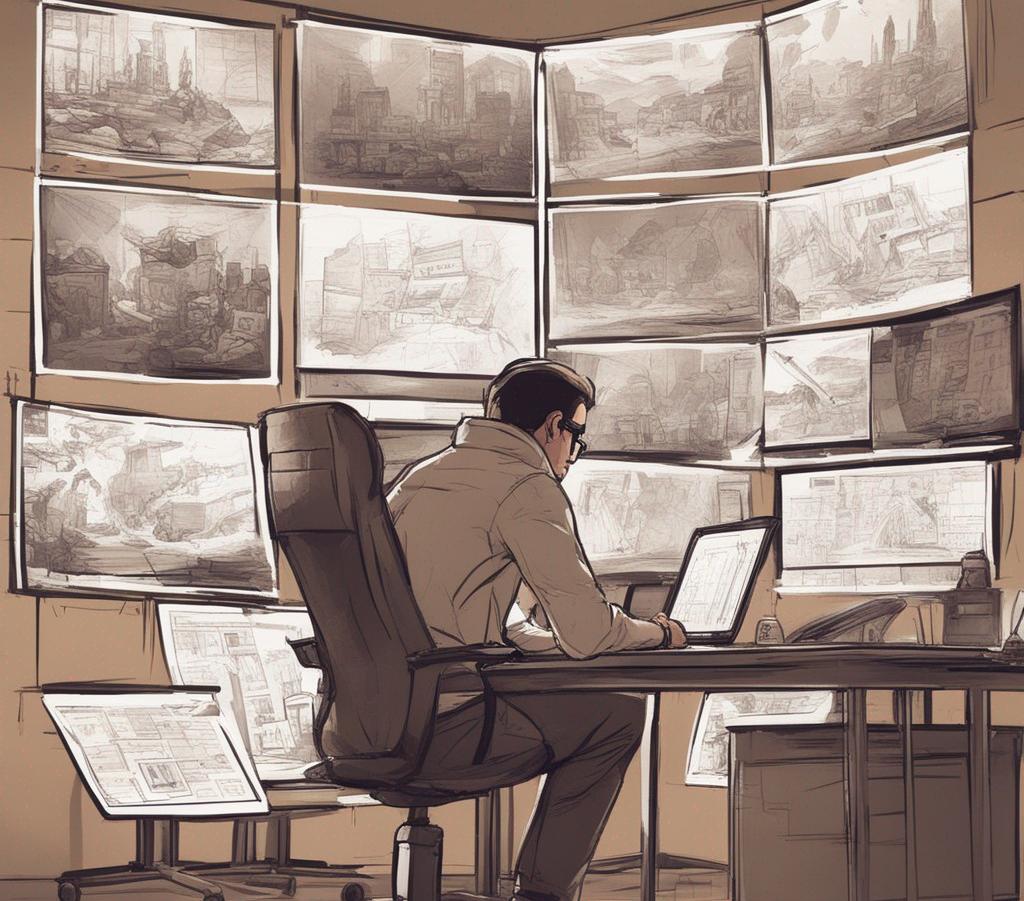
Lights, camera, and... action! One of the crucial steps in Filmmaking 101 for beginners is mastering the art of creating storyboards. Essentially, a storyboard is like a comic strip for your film—it sets the scene, demonstrates what's happening, and reveals the actions your characters are taking. It's all about visualizing your story before you even hit the record button. Let's say you've got a dramatic scene, with your lead character revealing a deep, dark secret. Instead of having just dialogue in your script, you storyboard the shots. Close-up on the character's face to capture the raw emotion, maybe a slow zoom as the secret unravels, or a wide shot to convey the immense loneliness or fear they feel. Done right, storyboards give you a rough sketch of how the film will play out visually and emotionally. This is filmmaking 101 for beginners at its core—crafting your story shot by shot. So grab a pencil, and start translating those scenes from your imagination onto paper! Who knows, your storyboard could be the catalyst that morphs an average script into a cinematic masterpiece.
Scouting Locations
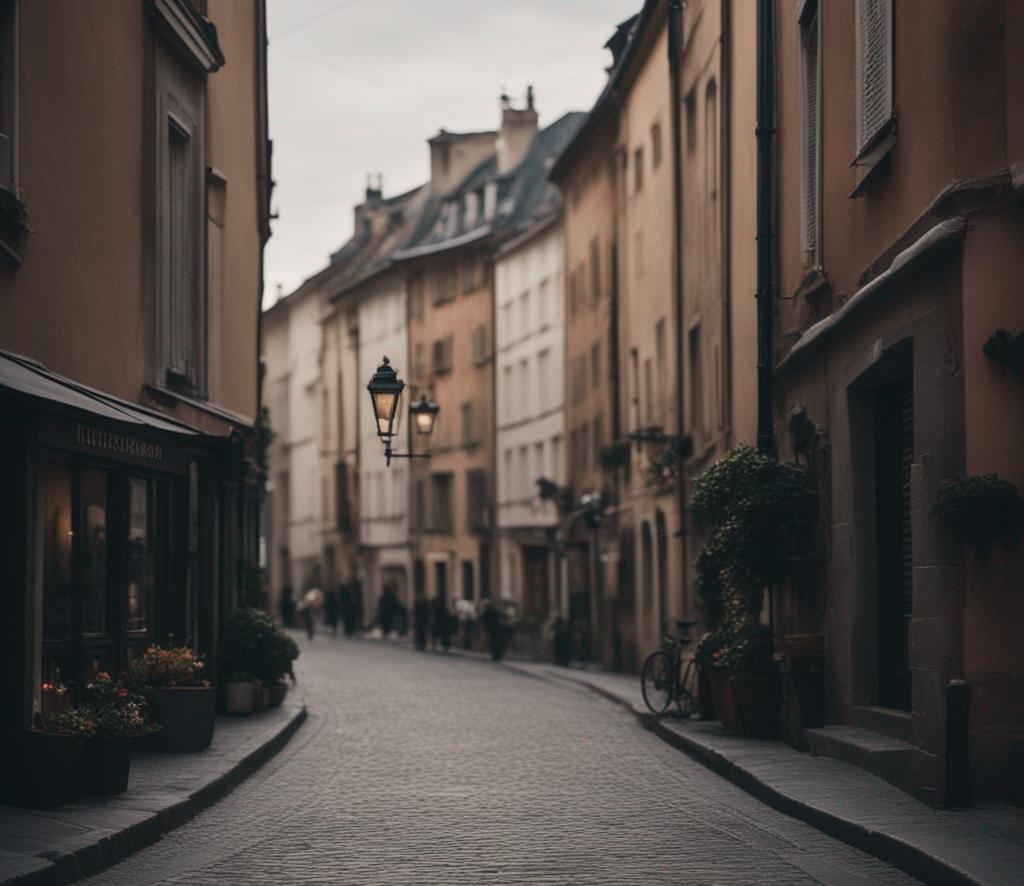
Alright now, let's dive straight into location scouting, a true cornerstone in the foundation of filmmaking 101 for beginners. No director just wakes up one morning, camera in hand, and says, "Let's shoot here!" There's a whole behind-the-scenes procedure, typically involving a location scout or a production manager. They'll skedaddle around town—sometimes even around the globe—searching for places that tick all the boxes of a script's demands. Does our lead character live in an art deco loft or a country cabin? Is our chase scene through narrow European streets or sunny Californian boulevards? Each location profoundly influences the film's mood, narrative, and visuals. For example, the eerie Overlook Hotel in "The Shining" amplified the psychological terror, while the vibrant landscapes of "The Lion King" narrated a tale of life, love, and identity. As an aspiring filmmaker, consider how each location will contribute to your story's atmosphere and aesthetics before you yell "Action!" Remember, every location tells a story. Choose wisely, novices. It's not just Filmmaking 101, it's storytelling at its finest!"
Choosing Your Cast

Alrighty, let's chat about the fun, yet potentially headache-inducing task of choosing your cast. When you plunge into filmmaking, you might fuss about cameras, angles, and scripts, but let's not forget the real stars—the actors! Your pick can seriously make or break your project. Why? Their skillset and commitment to their role bring your script to life, folks. Remember, different characters require different actor skills and look. For example, if you need someone to play a serious, no-nonsense detective, you might not hire an actor famous for comedic roles. Similarly, if your character has a specific skill, like ballet dancing or horse-riding, you'd ideally need an actor trained in it or willing to learn, so your storyboard story is credible. And remember, auditions are your best buds here! They give you an opportunity to gauge potential actors' performance. It’s like test-driving a car before buying it. Rookie mistake to avoid? Don't just opt for big names hoping they'll bring fame to your film. Yes, star power has its perks but remember, it's talent and suitability to the role that takes precedence. At the end of the day, your narrative is the hero. In the fantastic world of filmmaking, the right cast is merely the trusty sidekick.
Mastering the Camera
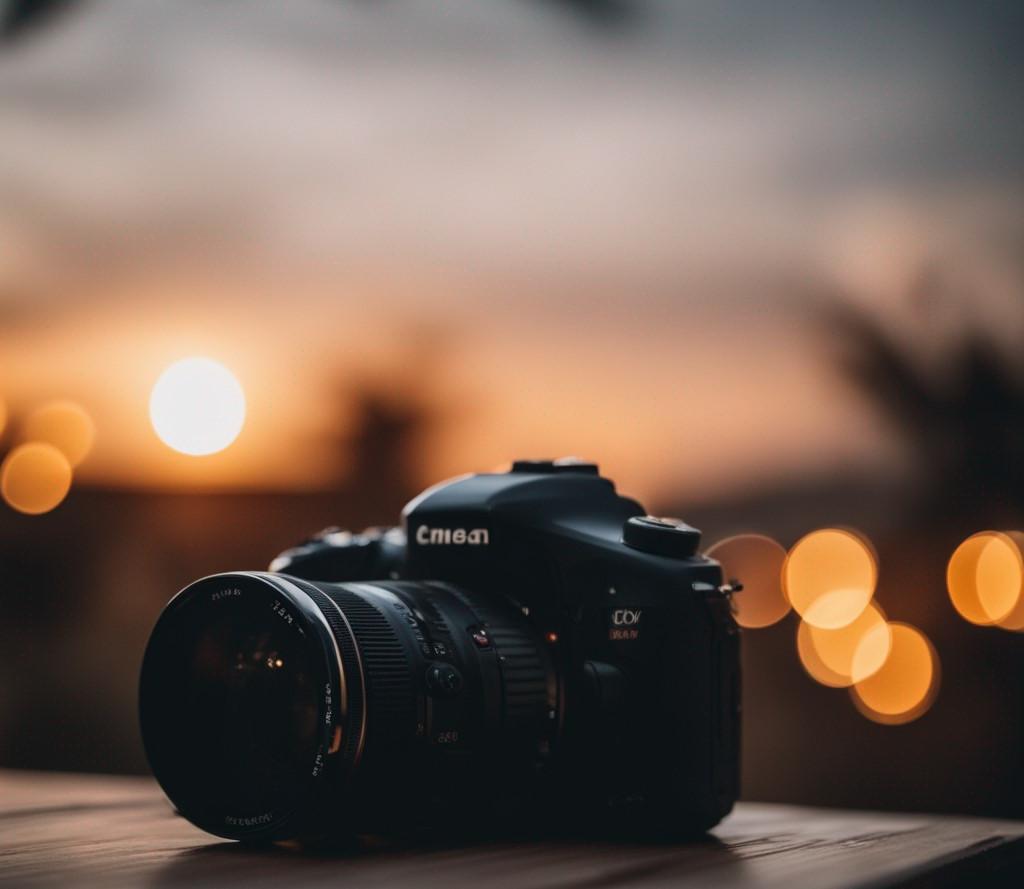
Now, let's get our hands on the heart of filmmaking - the camera. Becoming chums with your camera involves understanding its essentials to create appealing visual content. First things first, you gotta know your camera types. You've got your DSLRs, mirrorless, action cams, camcorders - the list goes on! Choose what best suits your project; a vlog-style documentary might crush it with a GoPro, while a short film may require the enhanced control of a DSLR. Next up is learning about the holy trifecta of exposure - aperture (the iris of your camera lens), shutter speed (the time the sensor is exposed to light), and ISO (how sensitive your camera is to light). Picture this, you’re filming a horror scene. You'll aim for a high aperture setting to create a narrow depth of field, dim lighting to set the mood, and a slower shutter speed to capture movement. And, don't forget the importance of shooting angles - a low angle can make your character look dominant, while a high angle might make it seem vulnerable. Remember, it’s all about crafting a mood and telling a story visually. Practice, experiment, and repeat until you deliver that "lights, camera, action!" like a pro!
Editing Made Easy

When you're just starting to get your feet wet, the process of editing can seem more like a bottleneck than an opportunity for creativity. But oh, is it ever a game changer! Think of it as a second shot at directing. Here's the cool part. Films are not necessarily shot in chronological order. It's in the editing room where your scattered scenes find their rhythm and flow. Using editing software like Adobe Premiere Pro or Final Cut Pro, you can shuffle clips around in your timeline with just a few clicks. Working on a dramatic scene? Lengthening the pauses between dialogues can heighten the tension. Need to portray the buzzing energy of a city? Rapidly alternating between different shots might do the trick. Want to reveal two events happening simultaneously? Split-screen effect is your go-to. Want to give your film a vintage vibe? Try color grading techniques to recreate the grainy, high-contrast feel of old films. Ultimately, your film is clay, and you, my friend, are the potter in the editing room morphing it into its final form.
Final Cut: Conclusion

The world of cinema can seem complex at first glance but once you grasp filmmaking, it‘s like riding a bike - challenging but ultimately rewarding. Your script – the skeleton of your narrative - should be polished till it gleams. Followed by planning, storyboarding, and defining the roles in your production team. Everyone should know their tasks like a pilot knows their cockpit. Then, discover your characters on camera during the filming process, capturing their emotions and the story's raw essence. Ah, the dark art of editing! Don’t underestimate it. Through clever cuts and creative transitions, you'll turn your amateur project into a sleek, professional piece of art. We can’t forget about sound design, which can either make or break your film. While some sounds will be captured on-set, others like ambient noises or Foley sounds, are best added in post-production. Finally, wrap it up by marketing your film effectively, use platforms like YouTube or Vimeo, or submit it to film festivals. Always remember, filmmaking is about telling a story your way. My advice? Dive in headfirst, and don’t be afraid to make a splash!
